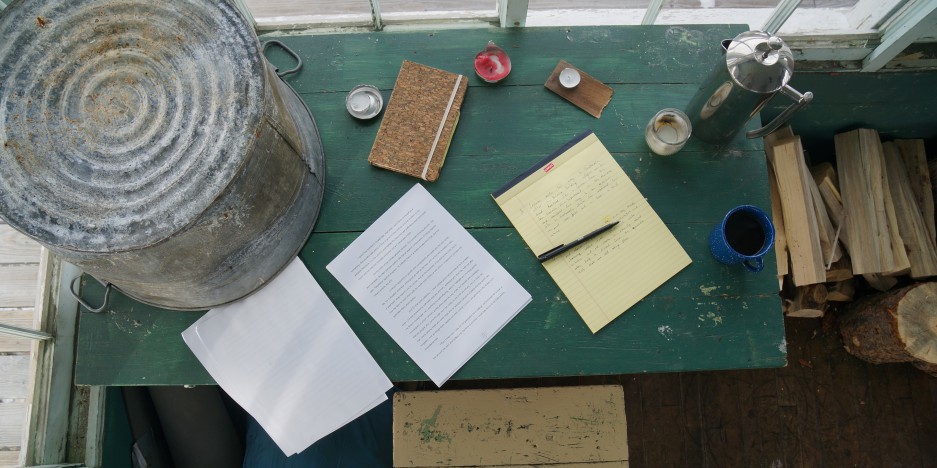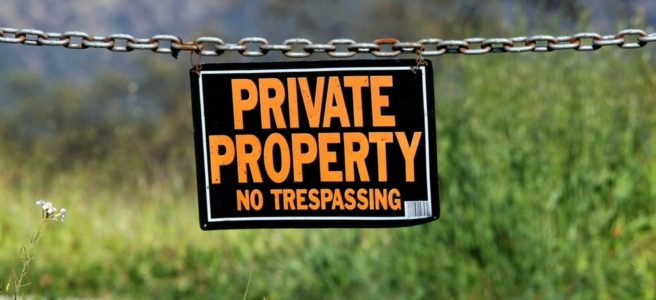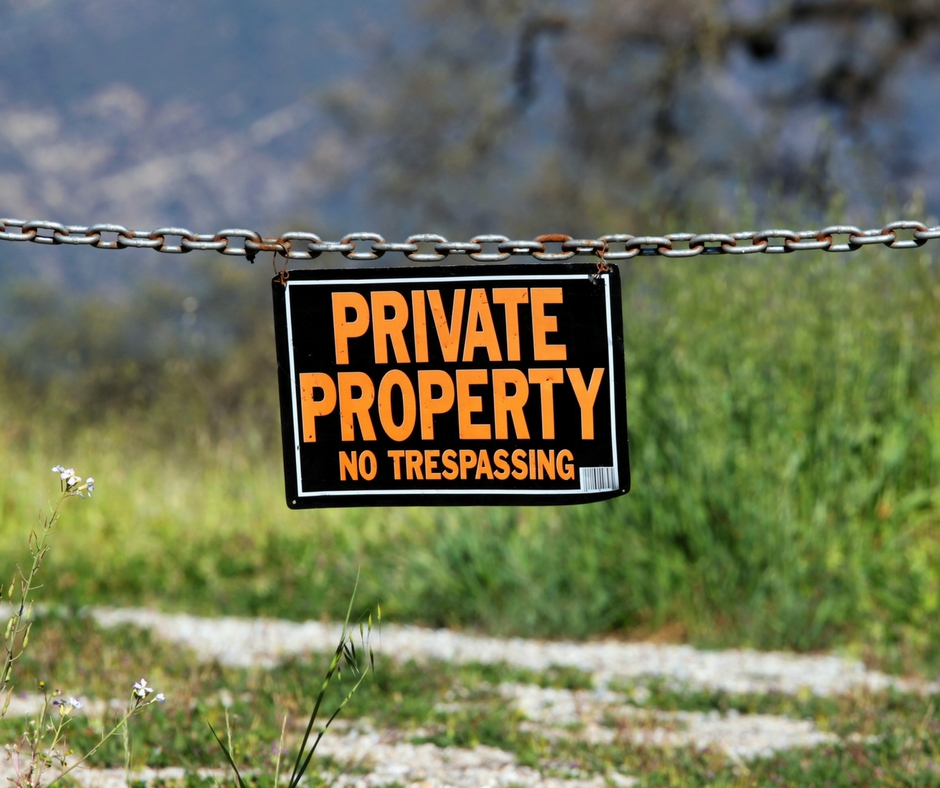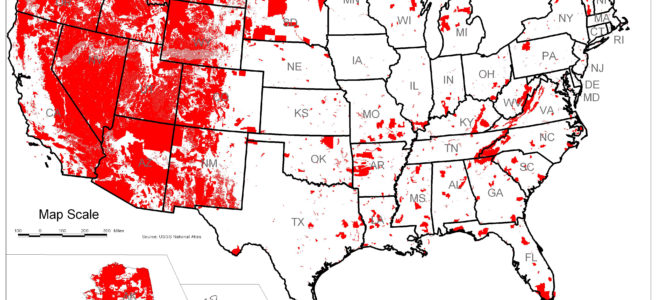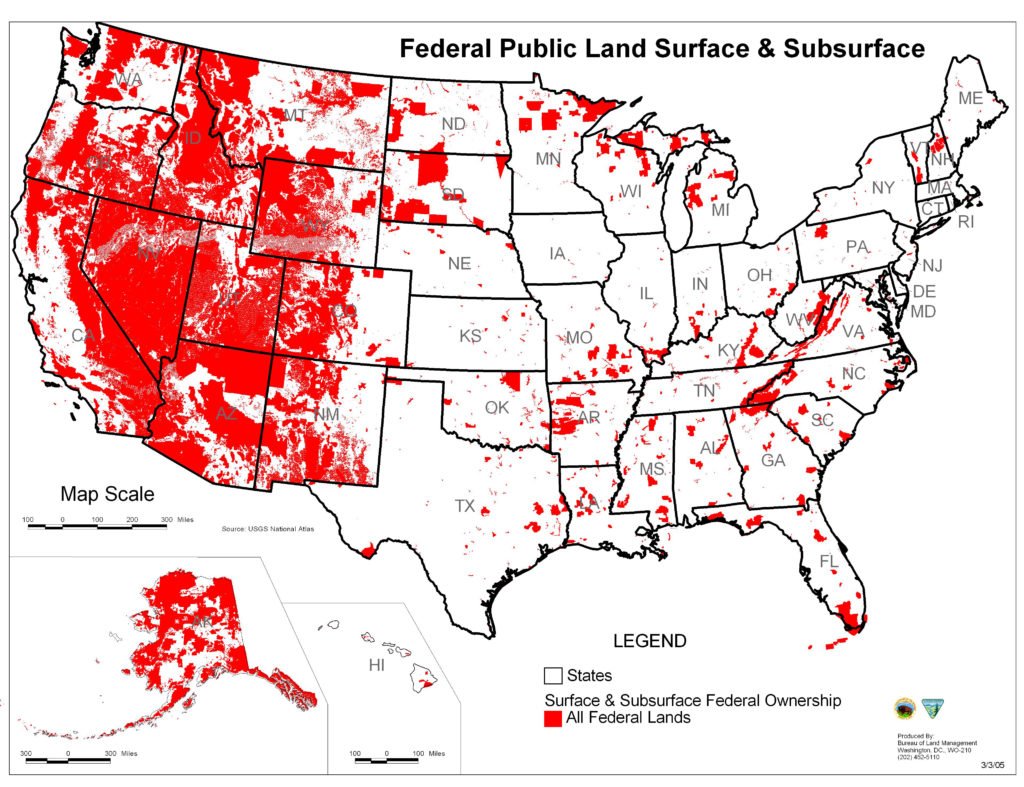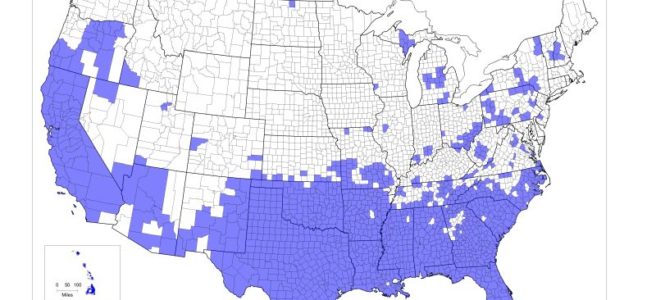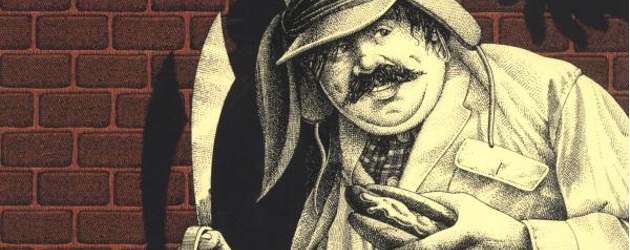Hey, so, if we haven’t met, you should know that I spend a lot of my time filling out paperwork. And it’s not glamorous paperwork. Mostly it’s asking for permission in 5,000 words, and documenting redundancy redundantly, things like that. I spend about a third of my life proving to people that I have insurance, as though a quick “we’re good i swear” text isn’t enough to assuage liability.
Some days, in order to coordinate volunteer trail work efforts on public land, I will fill out the exact same paperwork that Northrop Grummon fills out before they’re awarded trillion dollar contracts to help murder civilians. The exact. Same. Paperwork. To clean water bars on our National Forest.
From day to day, I am continually amazed by the glee with which some federal employees embrace our bureaucratic morass, and revel in inflicting drabness on active community members who have no ambitions beyond contributing to the public good. This goes well beyond my personal experiences, and today being stonewalled by slowly articulated regurgitations of policy handbook language is a right-of-passage for those who would engage with our public land in any organized way.
The daily struggle to simply participate in the public process is infuriating. Asinine. Obtuse.
But the thing is, in spite of every frustration and eye-clawing inconsistency in how it’s managed I will go to war for public land, and so will everyone else who shares the headaches that go with its management. That fight is here.
You can be forgiven for missing the news (it’s been a crowded cycle). But a few days ago Senator Mike Lee became more proactive in his platform to privatize public land. Remember that this is a pillar of the Republican Party platform, but due to its wild unpopularity among voters in the west, most candidates of been wary of embracing it.
Not true of Mike Lee. In spite of outdoor recreation contributing more than $12 billion each year to Utah’s economy, in spite of it supporting 110,000 jobs and contributing nearly a billion dollars in tax revenue, and despite the State’s aggressive stance to public land demonstrably injuring that economy, Lee has embraced the large scale divestment from these natural resources.
From his website: “Congress should honor its promise to sell federal land in western states.” Right there, clear as day. He’s proud of that shit. Across the west the sanctity of public land is pretty much the only thing that right and left can agree on. In spite of disagreements on how that land should be managed, and frustrations over the process itself, the narrative is clear: voters expect our elected officials to Keep Public Lands in Public Hands.
And the threat is more than top down. After sweeping acquittals of insurgents involved in an armed occupation of federal property last year, the ranchers whose case triggered the standoff were granted presidential pardons today, further undermining the sanctity of public land.
The struggle is real. This is not hypothetical. Shoot back.
Like